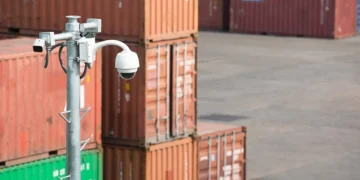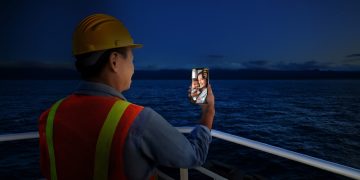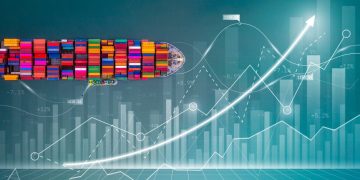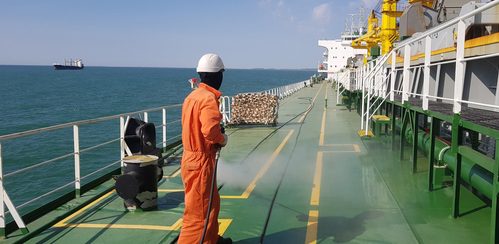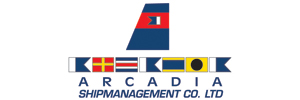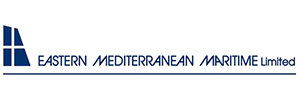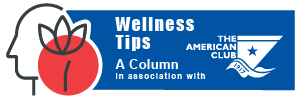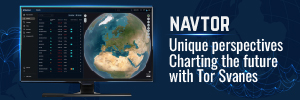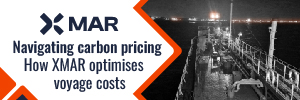Lloyd’s Register, and Lloyd’s Register Foundation and the World Maritime University have published a report titled “Deep dive on seafarer sustainability,” exploring how Africa and women can play a key role in creating a sustainable supply of seafarers for the future.
The report discusses two potential developments to address seafarer shortage challenges in the maritime sector: 1) a growing gender diversity onboard ships; and 2) a higher percentage of African seafarers engaged in shipping operations. Additionally, it highlights the critical gaps in gender diversity, Maritime Education and Training (MET), and workforce development, globally and with a specific focus on Africa, while aligning these insights within the broader context of global seafarer dynamics.
Challenges to the global seafarer workforce
The sustainable supply of seafarers is a cornerstone for the future global maritime industry but faces persistent challenges that demand concerted efforts, along with targeted and collaborative solutions. Although African seafarers currently comprise only a small fraction of the global workforce—approximately four percent compared to Asia’s dominant 50 percent—the findings underscore Africa’s untapped potential.
Africa’s MET potential
The African MET institutions studied have made promising efforts in cultivating a resilient workforce, with increasing enrolment rates over the past decade despite challenges such as limited infrastructure, inadequate funding, and a shortage of qualified staff. Modernized curricula with the use of simulators and strong partnerships between MET institutions, industry stakeholders, and governments would fully leverage Africa’s maritime potential in equipping future seafarers with the skills needed for a competitive global labor market.
Strategic policy interventions for Africa’s maritime growth
By prioritizing skill development, promoting inclusivity, and implementing strategic policy interventions, Africa can close the workforce gap and establish itself as a key contributor to the global maritime industry, driving sustainable growth and equity across the sector.
Gender diversity in the maritime workforce
The GMT2050 report had predicted that the number of women seafarers could be 25 percent of the total seafaring workforce by 2050, which would be a remarkable transformation and position the maritime sector as a beacon of gender diversity and innovation. For that to be achieved, there needs to be a planned and concerted effort across stakeholders.
The report offers a possible plan that would help the industry reach this 25 percent based on a series of key assumptions, detailed below. Figure 31 breaks down the stages involved in achieving women comprising 25 percent of seafarers. Though the calculation is simplified, the most important assumption is that women’s enrolment in MET institutions reaches 50 percent of the total enrolment.
The role of STEM education in transformation
Within the proposed scenario, the transformation begins in 2025, when a global initiative to achieve 50 percent enrolment of girls in STEM education is implemented, as illustrated in the Figure bellow. This would be a ground-breaking and bold global effort that would spark a chain reaction, reshaping the seafaring profession in ways once unimaginable across the previously male-dominated maritime sector. By providing equal access to STEM education, millions of young women would be empowered to envision themselves in careers that once seemed inaccessible.

Breaking barriers in maritime education and training (MET)
This targeted approach would break barriers in classrooms and MET institutions worldwide and would see a steady influx of talented women enrolling in seafaring programmes. These women would bring fresh perspectives and technological skills, qualities that are crucial for meeting the evolving demands of the maritime industry. Without a pool of women and girls educated in MET as a mandated target, it will clearly not be possible to achieve 25 percent of women among seafarers by 2050.
Strategic approach to achieving the goal
Achieving the ambitious goal of increasing women seafarers to 25 percent of the global workforce by 2050 requires a strategic, multi-stakeholder approach, carefully mapped across future decades. This effort hinges on a combination of education reforms, policy interventions, industry commitments, and cultural shifts. This report suggests a phased pathway to accomplish this transformation, addressing the gaps left by existing frameworks while building on opportunities in education and training.






